There's a man in Northeast Ohio who wants you to get the most out of your workout. And if you're local, you should go visit him. His name is Shawn Sprafka, and he's the owner of premium supps retailer NutriFit in Madison, 40 miles northeast of downtown Cleveland.
Prepare to set your workouts on Phyre
Of the many reasons to check NutriFit out, there's none greater than Shawn's PhatLab Phyre pre-workout supplement, a high-intensity workout igniter that brings some serious energy and tons of clinical doses.
This is a well-rounded pre-workout that has 350 milligrams of caffeine backed up by numerous other stimulants, basically doubling as a fat burning drink that will add serious power to your gym session.
This is a pre workout you won't want to miss. We dig into the details below, analyzing each ingredient and how they work together inside. But if you can't come visit Shawn in person (you should, though -- Northeast Ohio rules), you can get it online at NFSupps.com:
PhatLab Phyre – Deals and Price Drop Alerts
Get Price Alerts
No spam, no scams.
Disclosure: PricePlow relies on pricing from stores with which we have a business relationship. We work hard to keep pricing current, but you may find a better offer.
Posts are sponsored in part by the retailers and/or brands listed on this page.
Phatlab Phyre Pre-Workout Ingredients
The following doses are in a single 16 gram scoop of Phyre:
-
L-Citrulline - 4000 mg
When it comes to getting a pump on in the gym, nothing is more reliable than L-citrulline, a nitric oxide booster that works to help you produce more L-arginine, which then gets converted to NO.[1] It turns out that supplementing L-citrulline will boost plasma arginine (and thus, nitric oxide) levels better than taking L-arginine itself![2-4]
This process leads to an effect known as vasodilation, which means that the blood vessels widen due to a relaxation of smooth muscle tissue around them. With that, we get better blood flow, improved nutrient delivery, and of course... pumps! Research has also demonstrated improved ATP generation, which then led to more work output and even quicker recovery.[5-7] When using citrulline regularly, athletes report less soreness and have generally lower perceived exertion in the gym.[8]
As we'll see with Phyre, the dosing is on point - and that's going to continue throughout the pre-workout supplement. With citrulline, we like to see a clinical dose of at least 3 grams,[9] and can even get that if we don't take a full scoop!
-
Beta Alanine - 3200 mg
When you work out hard, lactic acid builds up in your muscles. Eventually, it makes you feel fatigued, and lactic acid that remains in your tissue post-workout can impair recovery from exercise. That's why Phatlab has given us beta alanine, one of the key precursors to carnosine, a protein that flushes lactic acid from the muscles.
The 2016 meta analysis showed who beta alanine may work best for[10] - and it's generally for endurance and mid-distance activities.
This isn't just theory -- so many studies have been done on the implications of this metabolic process that there are at least two major meta-analyses out there demonstrating that beta alanine supplementation improves the real-world performance of endurance athletes.[10,11] What researchers found specifically is that beta alanine confers the biggest benefit on exercises somewhere between 30 seconds and 10 minutes in duration.
The only weird side effect of beta alanine is a slight tingling sensation in the muscles, the technical term for which is paresthesia. Don't worry though -- there's absolutely nothing pathological about paresthesia, and the safety profile of beta alanine is very good.[12]
Be aware though, the clinical daily dose of beta alanine is 3.2 grams, so if you under-dose this pre-workout for some reason, i.e. if you don't want all 350 milligrams of caffeine that's in the standard dose, you'll be getting too little beta alanine for the clinically-studied anti-lactic-acid effect, and you'll want to add some additional beta alanine to your supplement routine.
-
Betaine Anhydrous - 2500 mg
Betaine is a methyl donor, which means it has the capability to transfer methyl groups, which are composed of a carbon atom and three hydrogen atoms, between different molecules. This mechanism, called methylation, is fundamental to a wide range of metabolic processes. One of these is the methylation of homocysteine to methionine, an important step in the body's production of creatine, the same creatine that many athletes and weightlifters take as a supplement.
The placebo effect was definitely strong with this group. But... the real gains obliterated placebo in due time![13]
Creatine is an ergogenic aid, so it's no surprise that betaine has proven to be an ergogenic aid as well, and increases both maximal power output and endurance in physical training.[13,14]
Besides its effect on creatine synthesis, betaine also boosts nitric oxide,[15] which improves circulation by causing vasodilation, thus increasing the efficiency with which fuel and nutrients are delivered to muscle cells.
Betaine is also a great osmolyte, which means that it improves the water retention of cells (like creatine does), thereby improving their resilience to stress[13,16] and heat shock.[17]
-
Taurine - 1000 mg
This ingredient synergizes well with betaine, as both substances are osmolytes shown to increase the resilience of cells by maximizing cellular hydration. Partly through this mechanism, taurine will attenuate oxidative stress, improve the metabolism of dietary fat, and facilitate muscle contractions by improving calcium signaling in the cell.[18-21] Even a single dose of taurine can measurably boost performance, according to a 2018 meta-analysis.[20]
Taurine is also a dopamine precursor, which can have cognitive benefits such as increased focus and motivation.[19]
Just like betaine and beta alanine, Taurine boosts nitric oxide production, [21] so it's no surprise to see it included here, where it can have synergistic effects with both.
-
Yerba santa (Eriodictyon californicum) [Aerial Parts] Extract (as SantEnergy Nu) - 400 mg
The use of Yerba Santa, which is also sometimes known as Bear's Weed, Holy Herb, and Mountain Balm, goes back thousands of years, when the native tribes of Southern California and Northern Mexico used it to help with breathing.[22] The traditional uses for Yerba Santa are as a therapy for bronchial congestion, asthma, and hayfever,[23] much like some other famous pre-workout ingredients.
Because of these effects on the cardiovascular system, Yerba Santa is a totally sensible inclusion in a high-quality pre-workout like this one, and the few other supplements that use it have been wildly successful. Consider this one of the "secret weapons" in Phyre.
-
Caffeine Anhydrous - 350 mg
This is one that needs no introduction, as most of us are familiar with caffeine's usefulness as an ergogenic aid. Caffeine anhydrous is a synthetic form of caffeine, which has been dehydrated so that it can be rapidly absorbed and digested. This fast-acting property of caffeine anhydrous is one of the reasons why caffeine anhydrous is the most common form of caffeine in sports supplements.
Please be careful with this -- 350 milligrams of caffeine is nothing to sneeze at, and if you haven't supplemented with caffeine before, we recommend beginning with half a serving of Phatlab Phyre so that you can assess your tolerance before you take a full dose.
It's also not the only stimulant, so this isn't "just" 350 milligrams of caffeine.
-
Mucuna Pruriens (Velvet Bean Extract) - 250 mg
Mucuna pruriens
Velvet bean or Mucuna pruriens is a legume that's native to South America, the Caribbean, India, and Africa. It has a very long history of use in traditional medicine cultures, probably because of its powerful antioxidant effects.[24] The seeds of this plant contain an amino acid called levodopa, or L-dopa, which is a dopamine precursor that is capable of crossing the blood-brain barrier, enabling it to raise dopamine levels in the brain itself.[25]
Because dopamine plays such a central role in cognition, L-dopa has been shown to improve symptoms in a wide variety of cognitive diseases.[26] Dopamine precursors tend to show up in sports supplements because dopamine levels correlate with feelings of motivation and focus [27], which you'll need to get through an intense workout.
-
Citicoline - 125 mg
This is a uniquely bioavailable form of choline with a few special properties.
Choline is an essential precursor to acetylcholine,[28] a neurotransmitter that facilitates both muscle activation and certain cognitive processes that are crucial for learning, such as memory and attention.[29,30] More choline means more acetylcholine, thus improving cognition and focus.
Unlike mere choline, the special form citicoline (also known as CDP Choline and Cytidine 5'-Diphosphocholine) has some cool effects that are unrelated to acetylcholine, such as upregulating dopamine and norepinephrine, and boosting dopamine receptor density.[31] Dopamine is what mediates feelings of motivation and pleasure, whereas norepinephrine can boost memory and focus.
Even though citicoline is only 18% choline by weight, it should perform better than ordinary choline gram-for-gram because of its superior bioavailability.
-
Phenethylamine Hydrochloride - 100 mg
Phatlab's decision to include this ingredient exemplifies their innovative approach to supplement formulation. You've probably never heard of it, but phenethylamine (PEA) is crucial for a healthy mood and cognition. That's because it releases dopamine and norepinephrine into the synapses of the brain,[32-34] where they boost motivation, focus, and feelings of reward. The effect of phenylethylamine on these systems is so powerful that some researchers believe it may actually be implicated in the antidepressant effect of exercise.[35] Phenylethylamine also mediates the release of acetylcholine, a neurotransmitter that affects learning and physical vigilance.[36]
Be aware, if you are a competing athlete, that WADA prohibits the use of phenylethylamine under section 6, "stimulants". Also note that the combination of this and the next ingredient warrants an additional warning that this supplement should not be taken alongside pharmacological psychoactive drugs such as SSRIs.
-
Hordenine Hydrochloride - 50 mg
Hordenine has two crucial functions:
- First, it's a beta adrenergic agonist, meaning that it initiates the so-called "fight or flight response" and releases free fatty acids into the blood, along with some stimulating neurotransmitters, where they can be used for fuel during intense efforts.[37]
-
The other big thing hordenine does, in the context of this specific pre-workout formula, is that it inhibits monoamine oxidase enzymes, which will dramatically extend the action of phenylethylamine, dopamine, and norepinephrine in the brain.[38,39] This means it will pair extremely well with the PEA listed above, providing a fast-acting yet slightly longer-lasting euphoria that may motivate you to get into the gym and hit it extra hard.
-
Synephrine Hydrochloride - 50 mg
Just like hordenine, synephrine is a beta adrenergic agonist that will kick off the fight or flight response. It binds to the ꞵ-3 adrenergic receptors in your body fat,[40] which will activate the cAMP-PKA axis and increase the rate at which your body burns fat for fuel.[41] Unlike other mechanisms of fight-or-flight, this action of synephrine doesn't have much of an impact on heart rate or blood pressure, even though it will suppress appetite and increase the metabolic rate as a stimulant would.[40]
This isn't just theory either -- the fat-burning effects of synephrine were demonstrated in a 2016 double-blind, placebo-controlled study on 18 healthy human volunteers.[42] In another study, combining synephrine with caffeine had a similar effect,[43] which is good because both of those ingredients are present in this pre-workout formula.
-
Rauwolfia (Rauwolfia vomitoria) [Leaf] Extract (Std. for 90% Rauwolscine) - 3mg
This rauwolfia extract is standardized for rauwolscine, sometimes called alpha yohimbine or "alpha yo". This is basically a stronger form of yohimbine, the ingredient we'll discuss in the next section, since that's included as well. It's meant to synergize with synephrine, which blocks beta adrenoceptors, by blocking the alpha-2 receptors, which both prevents fat storage and provides energy to the body.[44]
Individual reactions to this one will be mixed -- some people feel great with it, others get anxious and jittery, but if you can tolerate it, don't sleep on the major energy-promoting and fat loss effects it can provide.[45]
-
Yohimbe (Pausinystalia johimbe) [Root Bark] Extract [Std. to 98% Yohimbine HCl] - 2mg
This extract can also be derived from the Rauwolfia plant, but is standardized for levels of a different alkaloid -- yohimbine instead of rauwolscine. Yohimbine is an alpha-2 antagonist just like rauwolscine, but less intense.
If you've been in the supplement industry for much time at all, you've probably heard of yohimbine before. It has been shown to benefit: appetite suppression,[46] weight loss,[47] and many aspects of cognition, including focus.[48]
-
Vitamins B2, B6, B12
The same vitamin can come in several different forms, and one of the things we appreciate the most about this pre-workout is that Phatlab chose great forms of all three of these B vitamins.
For example, the form of B12 used by Phatlab, methylcobalamin, is what's found in whole animal foods such as meat, milk, and eggs,[49] whereas cyanocobalamin is a synthetic form that does not occur in nature and actually has a cyanide molecule inside that the body must remove. That's probably why studies comparing the urinary excretion of these two forms have found that methylcobalamin is vastly better retained by the body.[50]
Flavors Available
Shawn and his team have put together some unique sounding flavors:
Conclusion: This is a strong preworkout.. but without too much caffeine
Overall, Phyre is a powerful and innovative formula from Phatlab that does everything right - so long as you want it energetic and powerful. You know that those training locally in Cleveland and heading over to NutriFit are going to get a fantastic 21 training sessions with this one - and possibly more if you don't full-scoop it, which you may not need to.
We've seen most of these ingredients before, but not necessarily combined with each other and with so many clinical doses. If you're tired of run-of-the-mill pre-workouts and looking for something a little more interesting, this is definitely the formula for you.
And if you're looking to support NutriFit and local Cleveland, OH businesses, this is seriously a no brainer. Just be ready for a powerful ride, the "yo yo" blend is one to be reckoned with.
PhatLab Phyre – Deals and Price Drop Alerts
Get Price Alerts
No spam, no scams.
Disclosure: PricePlow relies on pricing from stores with which we have a business relationship. We work hard to keep pricing current, but you may find a better offer.
Posts are sponsored in part by the retailers and/or brands listed on this page.

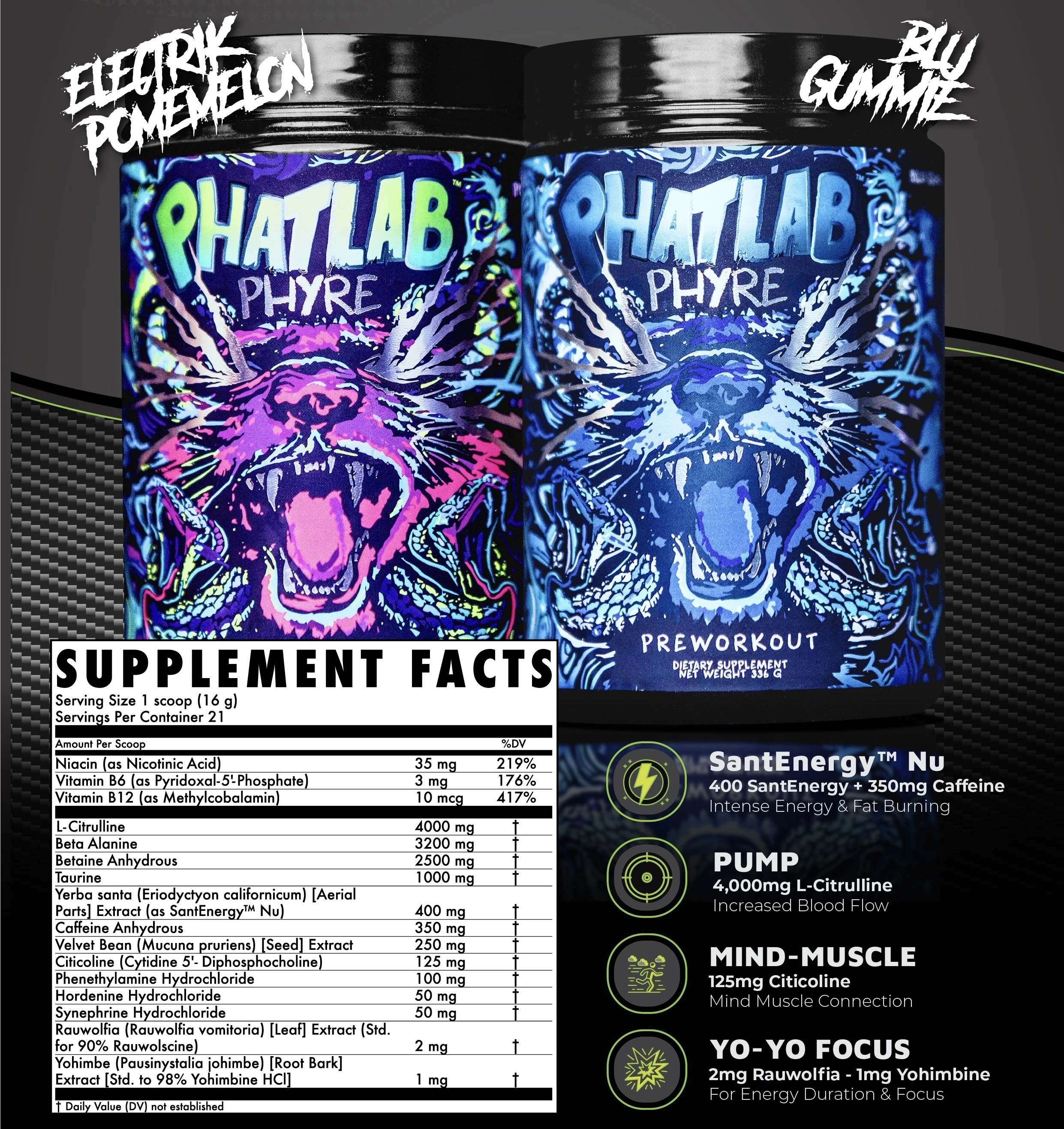
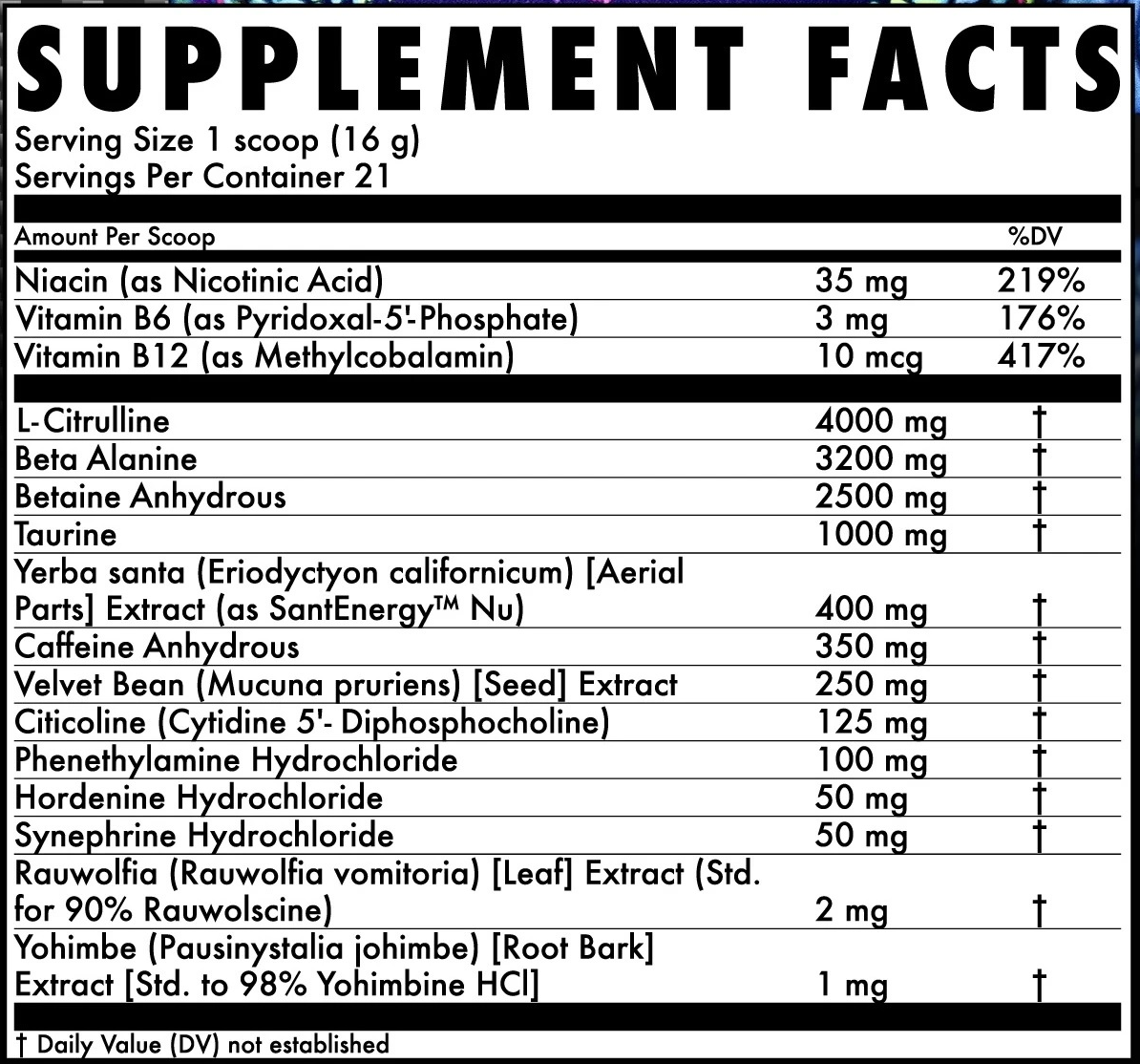
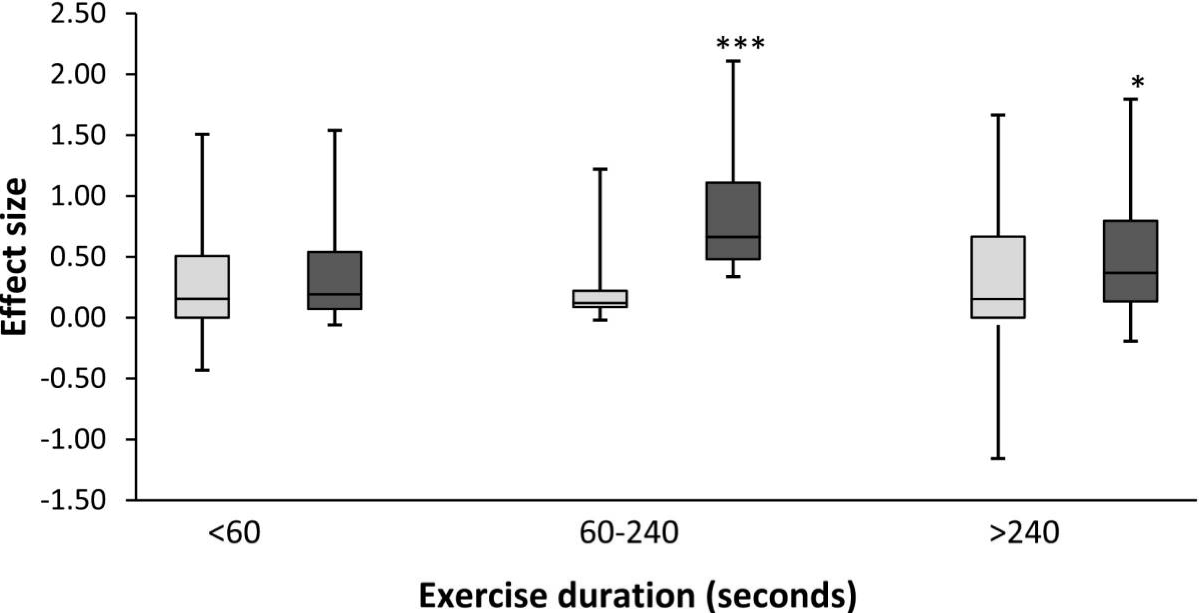
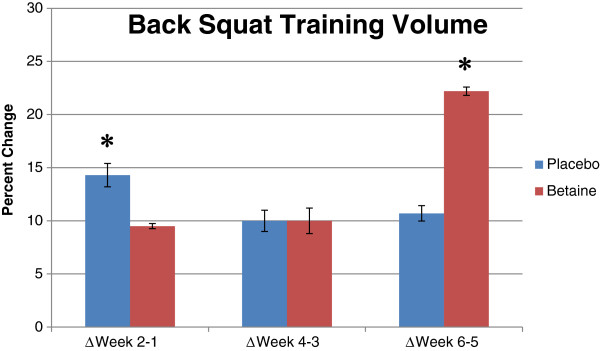

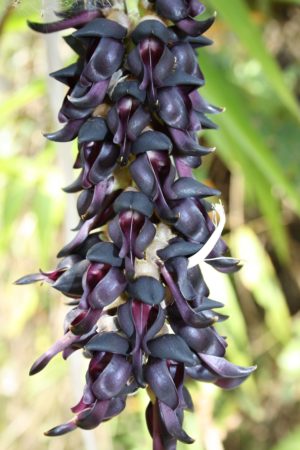
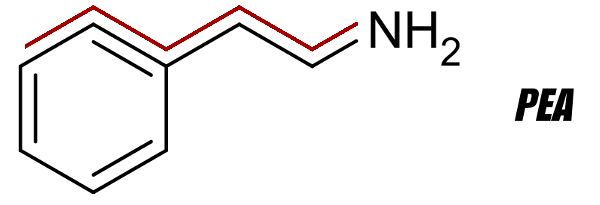
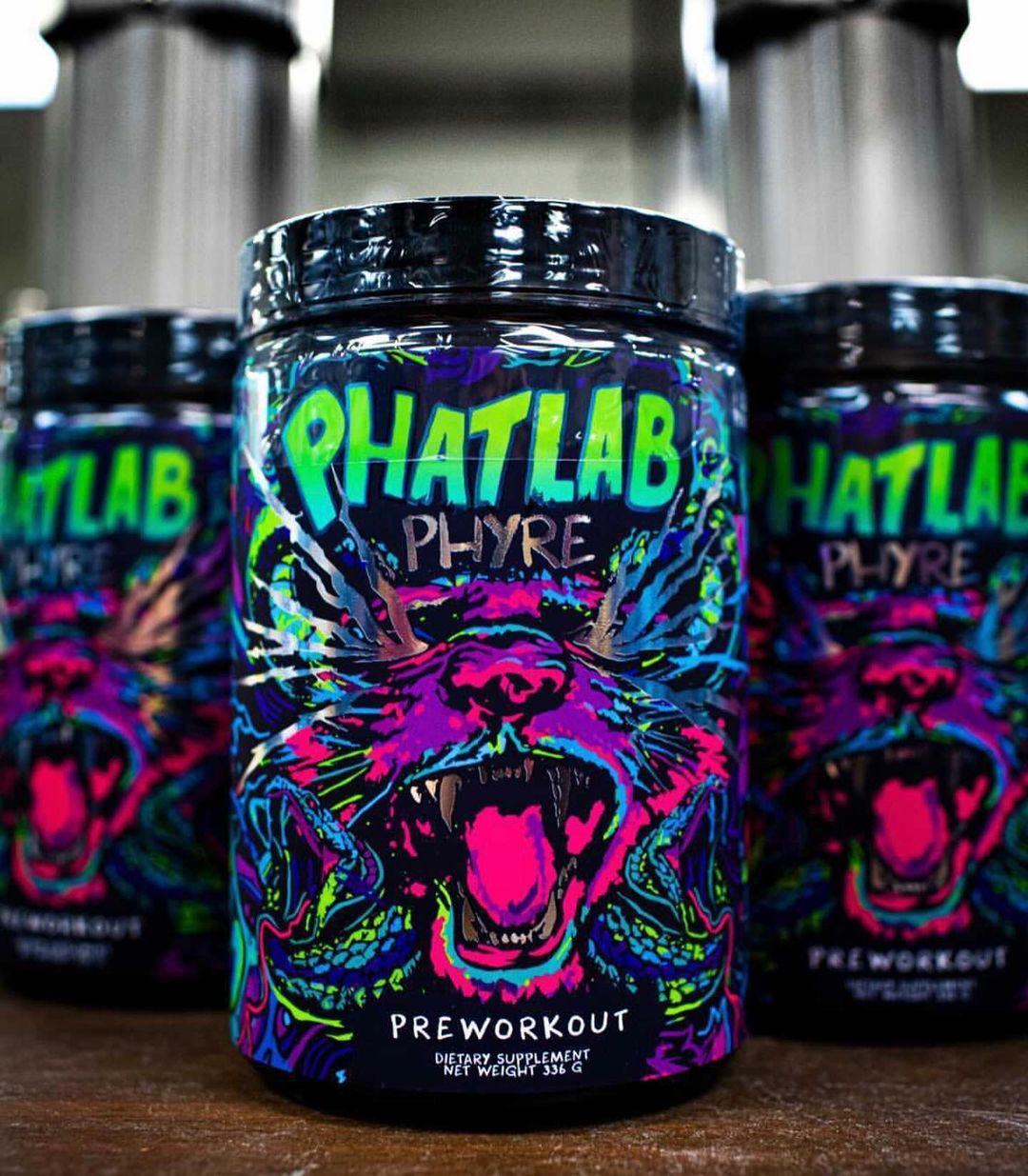




Comments and Discussion (Powered by the PricePlow Forum)